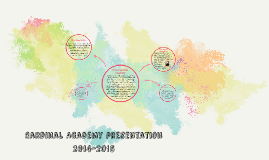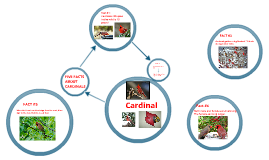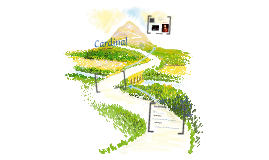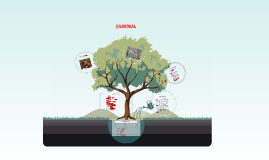Cardinal
Transcript: Classification Northern Cardianal "Masked clade: Genus Periporphyrus Red-and-black Grosbeak, Periporphyrus erythromelas Genus Caryothraustes Black-faced Grosbeak, Caryothraustes poliogaster Yellow-green Grosbeak, Caryothraustes canadensis Genus Rhodothraupis Crimson-collared Grosbeak, Rhodothraupis celaeno Genus Cardinalis Northern Cardinal, Cardinalis cardinalis Pyrrhuloxia, Cardinalis sinuatus Vermilion Cardinal, Cardinalis phoeniceus Genus Piranga (from Thraupidae) Rose-throated Tanager, Piranga roseogularis Hepatic Tanager, Piranga flava Scarlet Tanager, Piranga olivacea Summer Tanager, Piranga rubra Western Tanager, Piranga ludoviciana Flame-colored Tanager, Piranga bidentata White-winged Tanager, Piranga leucoptera Red-headed Tanager, Piranga erythrocephala Red-hooded Tanager, Piranga rubriceps They are robust, seed-eating birds with strong bills. The family ranges in size from the 12-cm (4.7 inches), 11.5-gram (.40 oz) Orange-breasted Bunting to the 25-cm (9.8 inches), 85-gram (2.99 oz) Black-headed Saltator. They are typically associated with open woodland. The sexes usually have distinctive appearances. The Northern Cardinal type species was named by colonists for the male's red crest, reminiscent of a Catholic cardinal's mitre. References Species List Cardinal Biology Kingdom: Animalia Phylum: Chordata Class: Aves Order: Passeriformes Family: Cardinalidae Stiles and Skutch, A guide to the birds of Costa Rica ISBN 0-8014-9600-4 Hilty, Steven L (2003) Birds of Venezuela London: Christopher Helm, ISBN 0-7136-6418-5 ffrench, Birds of Trinidad and Tobago ISBN 0-7136-6759-1 "National Geographic" Field Guide to the Birds of North America ISBN 0-7922-6877-6 Klicka, Burns & Spellman. Defining a monophyletic Cardinalini: A molecular perspective.

















